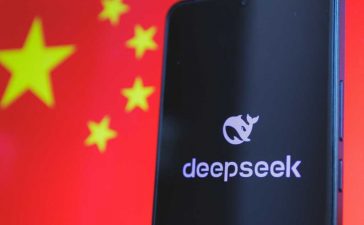The case for independent tech
Here are some key reasons an independent buy-side solution remains an essential part of the mix, regardless of whether marketers also rely on Google, Amazon and Facebook:
- Transparency. Marketers will not backtrack on decades of innovation in data-driven marketing practice. They want insights, data and transparency into fees and access to unbiased measurement. Nobody should grade their own homework.
- Consolidation. Marketers would prefer to work with fewer, more strategic partners. A multinational brand that has 13 agencies in 10 markets doesn’t want 13+ dashboards to rationalize. They want reporting and they want real-time results, not waiting a few months to see what’s happening in markets. An independent third party that works across walled gardens can offer that.
- Fragmentation. Consumer attention and inventory supply are fragmented across channels and devices. The shift toward omnichannel media consumption has forced marketers to seek new ways to plan, buy and measure media with a single view of their audience.
- Creative. Creative personalization and optimization represent one of the last great value plays in advertising. After more than a decade of focusing on targeting, planning and measurement (all worthwhile), a new set of AI-enabled capabilities are returning marketers’ attention to what can be done with creative personalization. These tools can only be leveraged effectively when they are communicating with contextual and behavioral signals.
Marketers want the best tech to move dollars fast and reduce friction, and that’s reason enough for Big Tech to open its doors and take a more collaborative approach with neutral buy-side tech. But, as mentioned, the big three are not the only ones.
Tightening the screw
The goals and incentives of the buy side (to maximize return on ad spend) are fundamentally at odds with those of the sell side (to maximize yields). To date, Big Tech has gotten around that conflict by virtue of sheer scale, good campaign performance and unrivaled data, but the conflict is still there.
Now that the DOJ is aiming specifically at these conflicts within Google’s ad-tech business, and with serious talk about divestiture and breakups, all the Big Tech players in advertising are looking at things differently.
For them, it appears increasingly that embracing an independent ecosystem is imperative for resolving the conflicts of interest now at the center of the regulatory debate. The question for Big Tech is less whether or not to embrace it, but how to control the process so that it isn’t done for them by the state.













